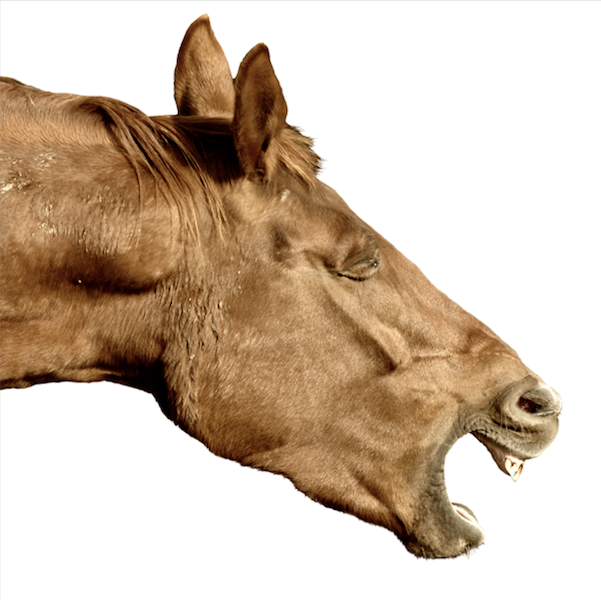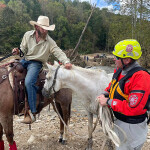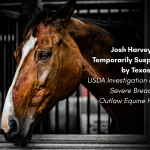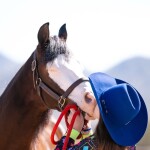Have you heard of esophageal obstruction or “choke” in horses? It is an equine health emergency that requires immediate attention. If left undetected or untreated, choke can lead to severe health complications.
But what exactly is choke? How does choke happen? What are the symptoms? How is choke treated? How do you prevent choke? With the correct tips and knowledge, choke can be easily preventable, managed, and treated by you and a veterinarian.
What is Choke?
Choke in horses is different from choke in humans. When horses suffer from choke, it refers to a blockage in the esophagus, the muscular tube that transports food from the mouth to the stomach. A horse suffering from choke can still breath, but cannot drink or eat due to the blockage.
How Choke Happens
The most common cause of choke is when a horse consumes concentrated feed (typically grain) rapidly without chewing it all the way down. The food does not get soft enough from the saliva (fun fact: horses ONLY produce saliva when they are chewing). This then forms a bolus that gets stuck in the esophagus. While grain is the most common food obstruction, choke can happen with anything the horse ingests such as hay, straw, treats or non-food objects. Additionally, horses with poor teeth and unusual esophagus anatomy are more prone to choking.
Symptoms of Choke
Choke is recognizable by horse owners when feed material comes through the nostrils in a green, slimy appearance. Other symptoms include horses hypersalivating, retching, avoid eating, act “colicky” or are coughing. If your horse exhibits any of these symptoms, contact your veterinary immediately. After calling the veterinarian, it is important to keep your horse from eating and to avoid giving any oral medications.
How Choke is Treated
The most common method of choke treatment is passing a nasogastric tube through the horse’s nostril to flush the obstruction with water to remove the feed material. Following treatment, follow-up care is critical to prevent aspiration pneumonia. Aspiration pneumonia occurs when the feed particles get into your horse’s lungs and cause a bacterial infection. Your veterinarian will place your horse on antibiotics to prevent any secondary bacterial infections along with non-steroidal inflammatory drugs (NSAIDs) such as Banamine.
Monitoring your horse’s temperature is important as well as a fever is one of the first signs of pneumonia. Check your horse’s temperature before giving NSAIDs as they can cover up a fever. Depending on the severity of the choke, your veterinarian may recommend withholding certain feed types for several days.
How to Prevent Choke
Choke is easily preventable with the appropriate management steps. First, make sure your horse’s teeth receive dental care once or twice a year. Scheduling your horse’s dental appointments is important to avoid your horse developing sharp points on the surface of teeth. These painful points can deter your horse from fully chewing their food. Additionally, owners can soak their horse’s grain, hay cubes, pellets, or beet pulp long enough to make it easier to chew. Make sure to soak long enough for the feed to absorb the water added to soften it. Warm water speeds up the soaking process. For horses that eat their feed quickly, adding large rocks in their feed tubs can help slow down the chow down.
Hopefully, you will not experience a choke first-hand. For those unfamiliar with choke, you now have some helpful guidelines about it’s symptoms, treatment, and some prevention tips to reduce the chances of having this alarming emergency happen.










